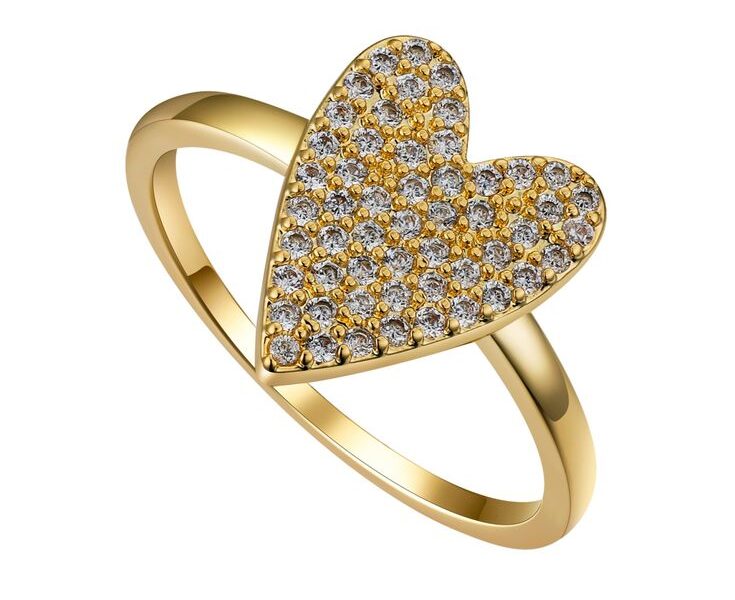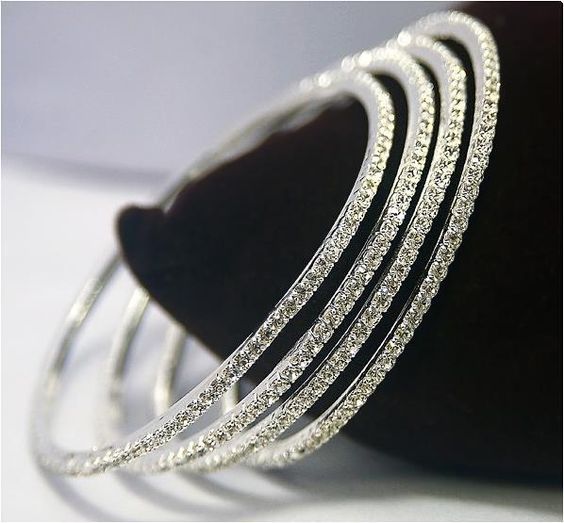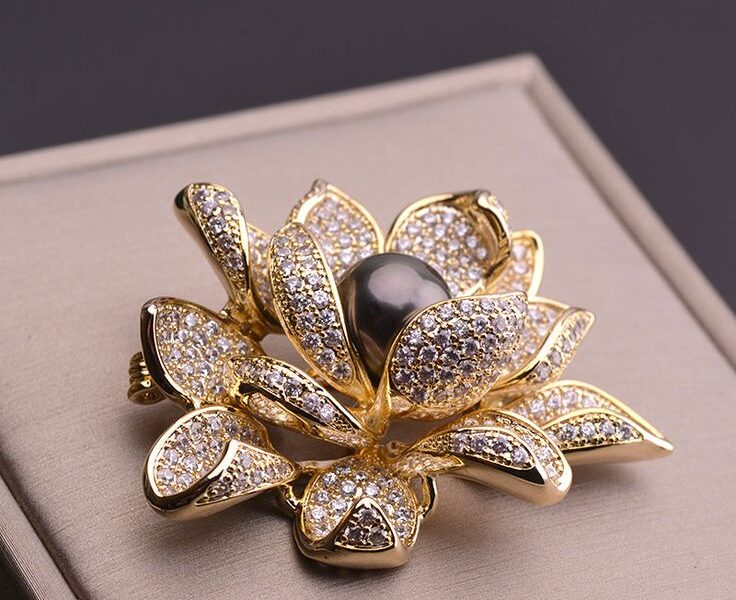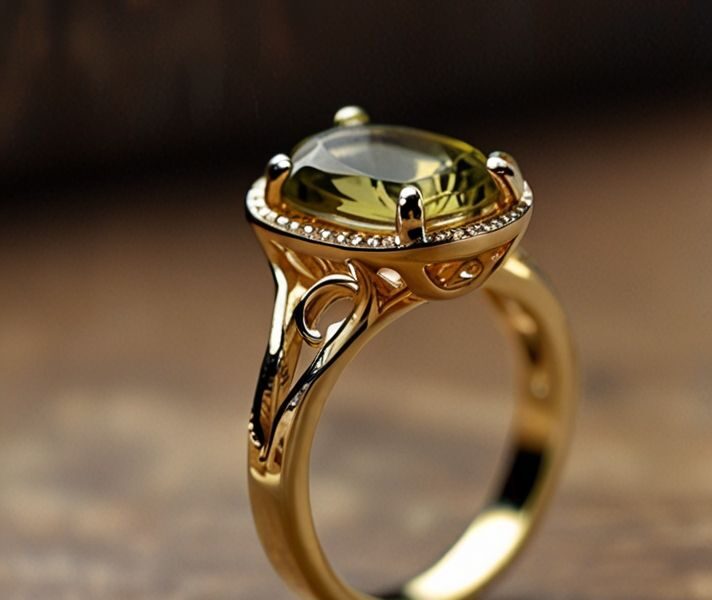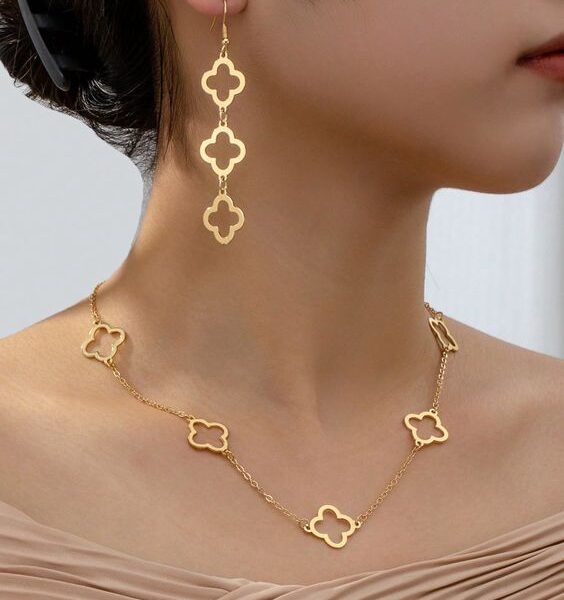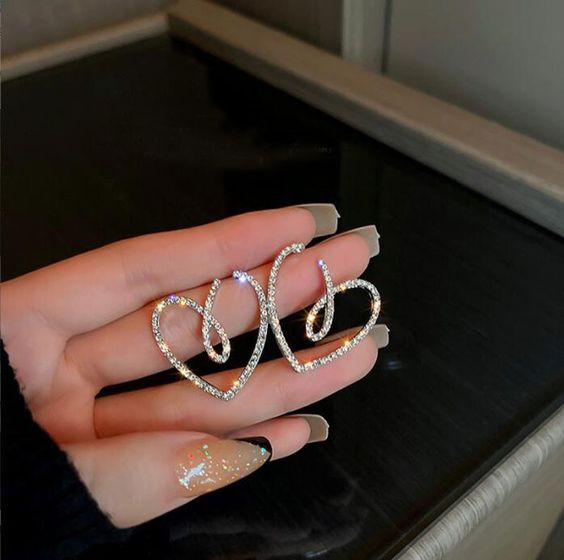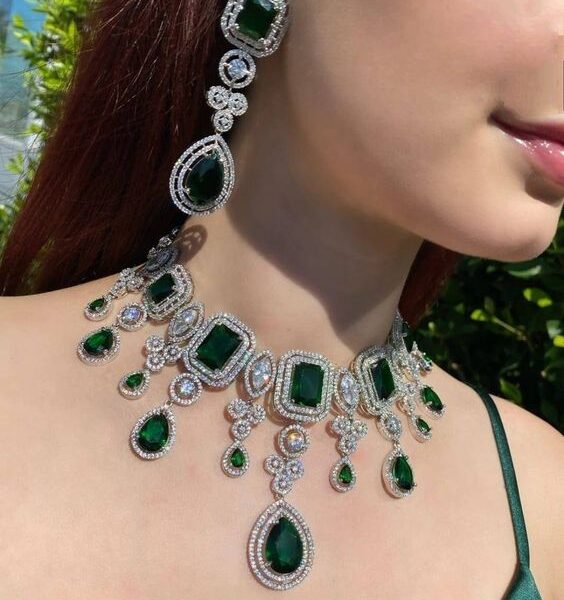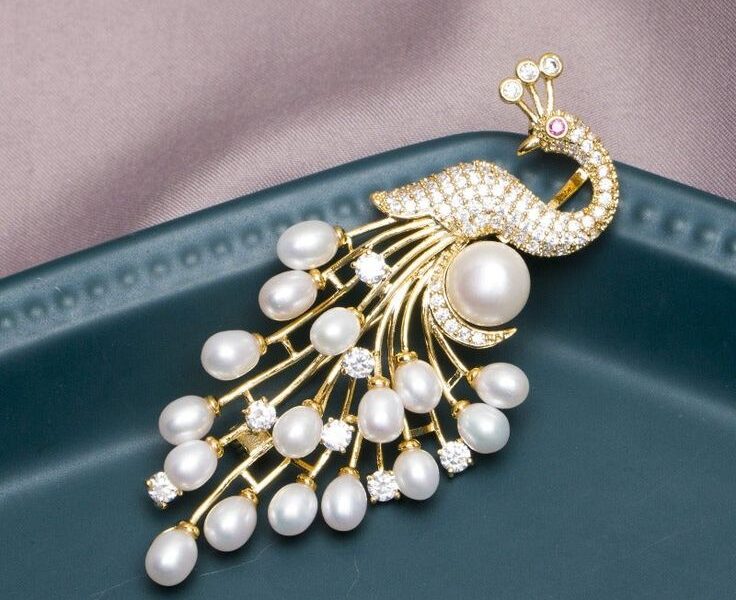Getting your jewellery clean takes just a few minutes. Here are some quick and easy jewellery cleaning tips from a jewellery designer for silver and gold. Your jewellery is likely to be tarnished, just plain grimy, and maybe even scratched and scuffed if you take a close look at it. So how do you quickly clean it?
To maintain the sparkle of jewellery, it requires some attention and care. If you’re not sure where to start, we’re here to help with our top 10 top tips to quickly clean your jewellery to help you learn about how to easily and quickly clean and care for your gold, silver and gemstone jewellery.
Our comprehensive jewellery cleaning & care guide will provide you with all the information you need if you have more time and want to better understand the risks of cleaning jewellery.
In addition, if you don’t understand any of the terms used in this article, take a look at our jewelry glossary with 100+ definitions.
Let’s get started…
1. Make sure your jewelry is in good condition
If you wear your jewellery all the time and don’t notice the changes, or if you put it away and don’t look at it very often, it’s easy for you to miss that it needs a clean. When you discover how grimy and dull some of your favourite pieces really are, you may be a little alarmed.
Read on to find out how to clean most jewellery pieces.
2. WASH IT
Women’s gold rings in Australia Women’s gold rings in Australia
Most jewellery can benefit from this cleaning step. You might find that it’s all you need for many pieces, especially solid gold pieces and fashion jewellery.
Make sure your jewellery is washed in warm water with a gentle colourless and fragrance-free liquid soap. You can use Castile soap, woollen soap, or even a gentle hand soap that does not contain moisturiser, antiseptic or harsh chemicals.
To clean crevices, use a cloth or soft bristled brush. Be careful not to soak soft gems, such as opals and pearls, in water for too long.
Rinse and dry it quickly and thoroughly once it’s clean.
3. Use an ultrasonic cleaner
Look into getting a cheap ultrasonic cleaner and following the instructions. It will do a great job of dislodging dirt and debris, even in otherwise impossible-to-reach places.
The ultrasonic does not remove tarnish, but it can remove dirt from complex pieces (exceptions below) that have many crevices.
Learn why you shouldn’t always use an ultrasonic cleaner…
4. HOWEVER, DON’T ALWAYS USE AN ULTRASONIC!
To be on the safe side, avoid ultrasonic cleaning if your silver jewellery has blackened or patinated areas or soft gemstones like opals, lapis lazuli, turquoise or pearls.
Using this process can damage some finishes and soft gemstones, so use it carefully.
5. A POLISHING CLOTH can be used to remove tarnish
Stars and sapphires cluster necklace. Australian necklaces with pendants
Silver, and other precious metals, including lower carats of gold, will tarnish over time. This is a normal process with metal, and tarnish can be easily removed.
Our online store carries professional quality polishing cloths that can be used to remove tarnish from precious metal jewellery.
To remove any chemical residue, rinse and dry the piece once you’re satisfied.
6. OR USE A SILVER DIP INSTEAD
It is also possible to use silver dip to remove tarnish from sterling silver very quickly and easily. It is particularly useful for cleaning silver chains, which are difficult to clean with just a polishing cloth.
If you are unable to find silver dip at your local supermarket, larger pharmacy or hardware store, try a local jewellery store.
Follow the instructions carefully and rinse well and dry afterward.
7. DON’T ALWAYS USE SILVER DIPS!
You should avoid silver dip if your silver jewellery has blackened areas or soft gemstones such as lapis lazuli, turquoise or pearls as it may damage some finishes and gemstones.
8. DO NOT CLEAN WITH HARSH MATERIALS
Gold and silver drop earrings and dangle earrings in Australia.
When you use ‘old wives’ jewelry cleaning methods involving toothpaste or baking soda paste rubbed onto the metal, you will remove tiny amounts of metal every time. Over time, this will damage the jewellery and deplete it.
Especially gold vermeil, gold filled, and gold plated jewellery should never be cleaned in this way or it will be damaged. Read more about different types of gold jewellery to better understand why.
Use care when using polishing cloths, brushes, or anything else that rubs against metal, especially if your jewellery has a more delicate finish, such as gold plating or blackening.
Cleaning jewellery with too much enthusiasm may not be a good idea!
9.SILK THREAD NECKLACES: CLEANING
Our very popular forget-me-nots silk necklace can also be washed in warm soapy water, then rinsed.
If you lay the silk flat or hang it to dry, it should straighten out. Otherwise, you can use an iron set to silk to straighten it.
BE CAREFUL WHEN STORING YOUR JEWELRY
Having cleaned your jewellery, think about how to store it to avoid having to clean it again too soon.
Keeping precious metal jewellery in humid areas – especially the bathroom – speeds up tarnishing. If you live in a humid location, then extra care should be taken and more frequent cleaning should be done.
It’s ideal to keep precious metal jewellery away from free flowing air. This will slow down tarnish and keep dust at bay. Keep it in a pouch, small jewellery box, etc.
You should keep an eye on your jewellery if you display it, as it’s likely to need cleaning more often.
Keeping your precious metal jewellery separately and avoiding beads or chains rubbing against pendants will also help prevent scratching.

